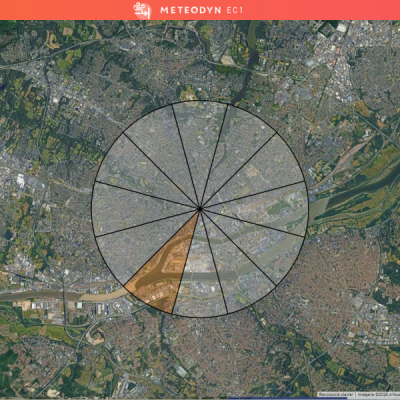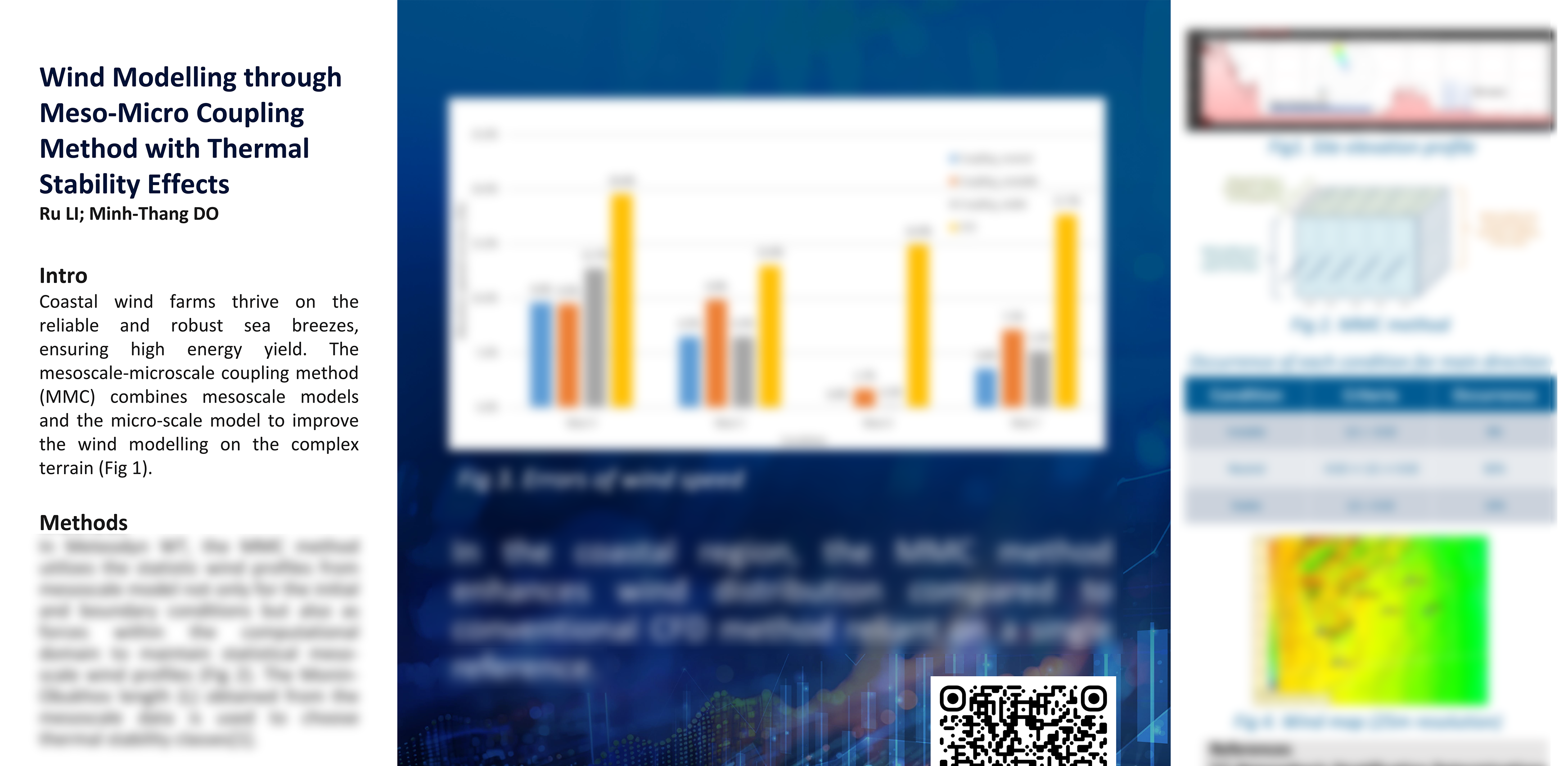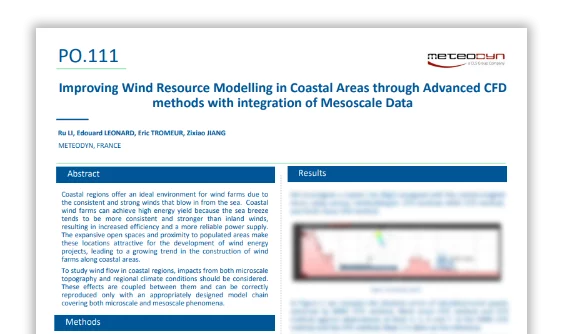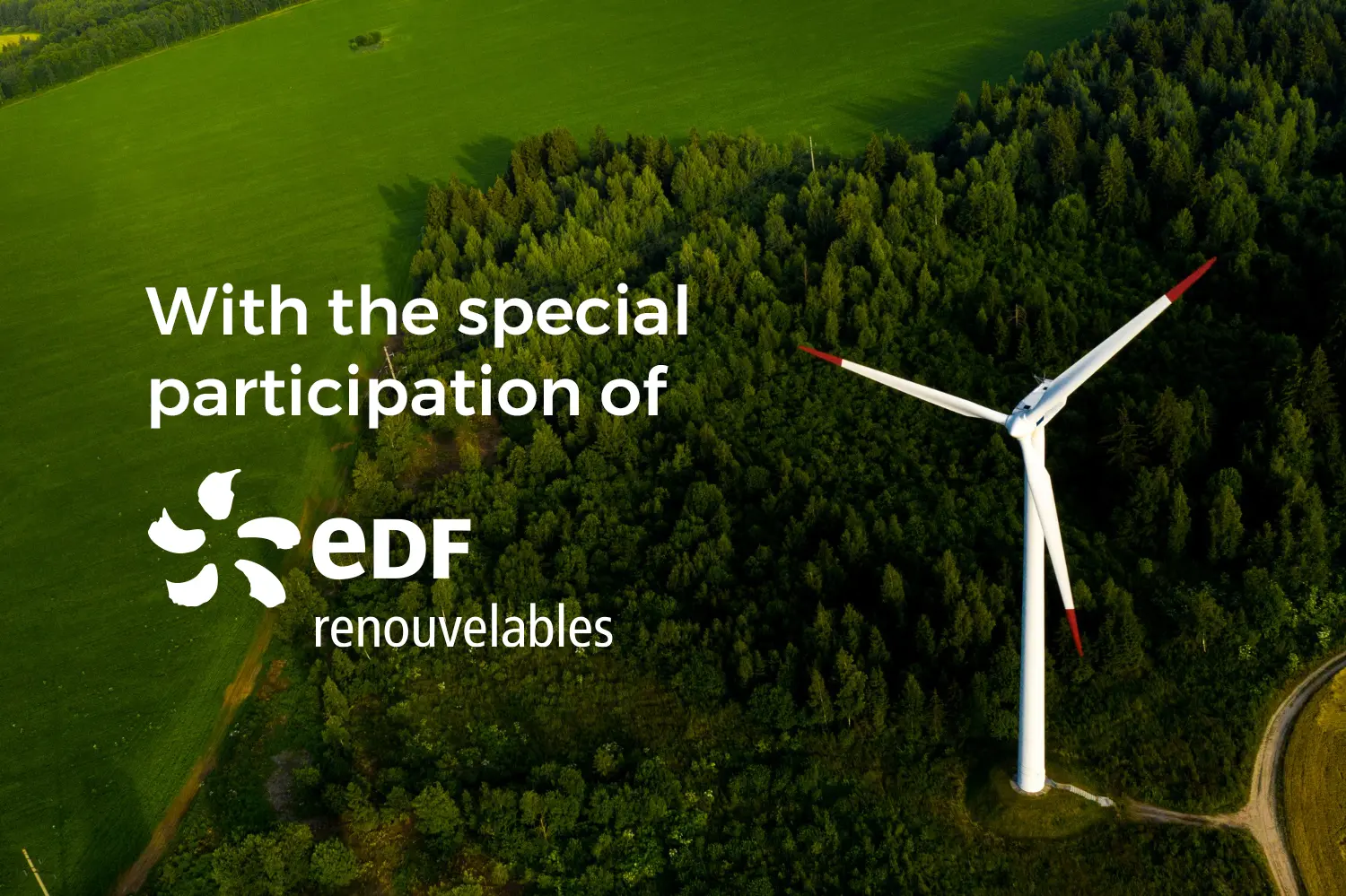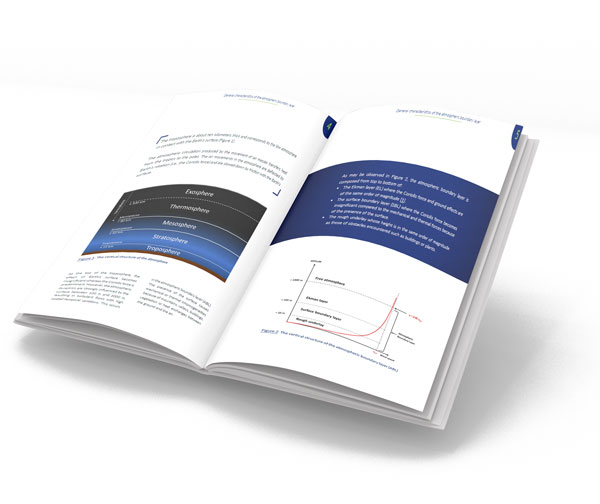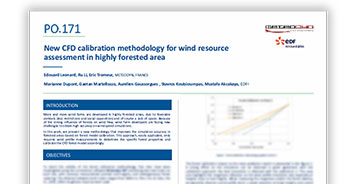Resources
Meteodyn EC1 : Calcul automatique pour le dimensionnement au vent selon l’Eurocode 1
La conception des structures et bâtiments doit tenir compte des conditions de vents extrêmes. Le dimensionnement au vent des constructions est régi par l’Eurocode 1 (1) : « Actions sur les structures » et plus particulièrement la section « Actions du vent ».Il est...
Poster: Wind modeling through meso-micro coupling method with thermal stability effects
In coastal areas, where wind conditions are strongly influenced by local topography and thermal stability, accurate modelling is crucial for the efficiency of wind farms. This study applies the Meso-Micro Coupling (MMC) method to a coastal wind farm and compares it...
Webinar: How to properly use wind data in wind comfort analysis?
Many parameters can affect the quality of wind data used for urban projects : the rugosity and orography between the weather station and the project site, their height, the data characteristics (time step/frequency/period, etc.)... So what is important to verify?...
Poster: Improving Wind Resource Modelling in Coastal Areas through Advanced CFD methods with integration of Mesoscale Data
Coastal areas, although ideal for wind farms, have regional climatic effects that can significantly affect the wind resource assessment (WRA). Choosing the right WRA methodology is therefore essential. In this case study, a coastal site with five meteorological masts...
Webinar: How to accurately perform wind resource assessment in forested areas?
This webinar with EDF Renouvelables introduces our methodology to improve the simulation accuracy in forested areas, and the main results of the joint project conducted, leading to mean wind speed errors reduction up to 4.4 %.
White paper: Atmospheric boundary layer modelling
From the general characteristics of the atmospheric boundary layer to the impact of thermal effects and stability on turbulence, passing through the Monin-Obukhov’s similarity theory, this white paper covers all the knowledge needed for the atmospheric boundary layer modeling.
Webinar: How to assess the natural ventilation of buildings using CFD software?
Learn how to assess a building’s natural ventilation potential and air exchange rate, and then optimize the placement of its openings using numerical wind flow modeling tools.
Poster: New methodology for wind resource assessment in forested area
Forests have a strong influence on wind flow, making it difficult to achieve high accuracy in wind speed simulations. To overcome this problem, we’ve worked with EDF Renouvelables and developed a new methodology that reduces the mean wind speed error by up to 4.4%.
Webinar: How to assess pedestrian wind comfort?
From comfort criteria and guidelines to the master plan’s influence on comfort mappings, this webinar covers every step of the pedestrian wind comfort modelling and analysis.
